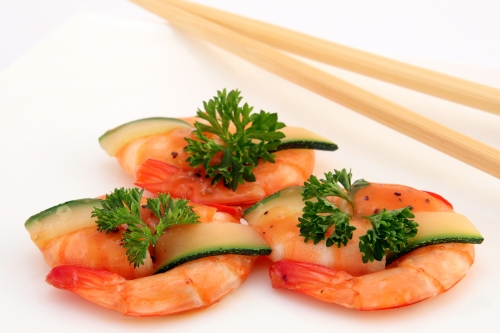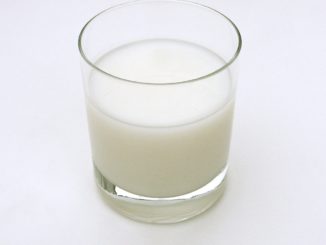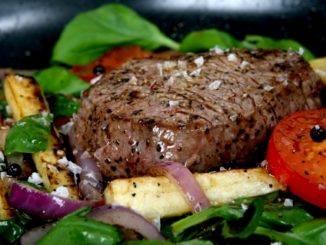
Also known as amino acids, ammo acids are causing a stir in the field of supplementation. Everyone wants a boost in their performance and their fitness.
And if there is a way to speed this process up, these people are willing to do it. However, to sort out the fact from the fiction, here are the basics of ammo acids.
What are ammo acids?
Ammo acids are amino acids and thus they are the building blocks for proteins that are found in the body. These structures contain an amino and a carboxylic group within their chemical structure. When ammo acids link with each other, they can form peptide chains which then build proteins.
There are 20 amino acids including:
- Alanine
- Arginine
- Asparagine
- Aspartic acid
- Cysteine
- Glutamine
- Glutamic acid
- Glycine
- Histidine
- Isoleucine
- Leucine
- Lysine
- Methionine
- Phenylalanine
- Praline
- Serine
- Threonine
- Tryptophan
- Tyrosine
- Valine
These are the buildings blocks for many structures in the body as well as vital parts of chemical reactions in many body functions.
What is the role of ammo acid in the body?
Ammo acids help to begin many of the important chemical reactions in the body as well as help in almost every major cellular function. Ten of the amino acids can be produced by the body, but the others need to be taken in through the diet or by supplementation.
Without the proper intake of ammo acids, the body’s functions can start to slow and cause problems for the health of the person. What’s interesting is that plants and animals also require amino acids for survival, but as plants can not take in other sources of nutrition, they are able to synthesize their own levels of ammo acids.
Which foods contain ammo acids?
Interestingly enough, all foods contain some levels of ammo acids. While many people have argued that only meats contain amino acids, this is not the case. Plants, as explained above, need to create their own amino acids in order to stay alive, so eating them will pass along those amino acids to the person who is eating.
What is different between meat and vegetable sources is that the non-meat sources don’t have as high of levels, so the person who is eating must properly combine their meal. Eating a meal of rice and beans works well to have a complete set of protein, and thus, amino acids.
Some people feel that they need to supplement their diet with ammo acids, but this is not necessarily the case. Nor does the supplementation of ammo acids mean that the person taking them will be able to produce larger muscle gains.
However, if a person feels that they might not be balancing their meals correctly, they can take some of the essential amino acids (those that aren’t produced by the body) through a pill or caplet formulation.
Ammo acids are the building blocks not only for the proteins in our bodies, but also for important chemical reactions that allow us to process energy and metabolize our foods. While we can’t get ammo acids all on our own, we should try to remember to include them each day.




Be the first to comment